How to Create Sales Funnel for Online Course (Course Creator)
Setting up a sales funnel to sell online course is one of the best ways to turn prospects into paying students that enroll in your online course.
- From being aware on your course to being interested.
- From being interested to doing research and making decisions.
- From decision making to eventually take action and make a purchase.
Your online course funnel is a structured marketing process that nurture your leads by giving value, build trust, and ultimately maximizing conversions that grows your online course business.
KEY TAKEAWAYS
- Creating a well-designed sales funnel helps to guide prospects from awareness to purchase in your online course.
- Effective sales funnels integrate various marketing strategies to engage and convert leads from TOFU to MOFU and eventually down to BOFU.
- Constantly optimizing and making adjustments to your sales funnel is crucial for sustaining and scaling course enrollments.
What is an Online Course Sales Funnels?

An online course sales funnel is a systematic approach that helps potential students through the process of becoming aware, interested, and ultimately enrolling in your course.
If you want to sell your course, your marketing funnel become your marketing tool to capture leads, nurture them, and convert them into paying students.
You need a sales funnel to get people buy your course, it serves as a guide journey where you guide your prospects in the direction where it will help give them the best solution to relieve a pain point or learn a new skill which they always wanted.
What is not an Online Course Sales Funnels
When devising a strategy to sell your online course, certain practices should be avoided when creating an effective sales funnels. Here’s what to avoid for sales funnel creation:
- High-pressure sales tactics: Your sales funnel isn’t a rush-hour traffic jam pushing everyone towards a “buy it now” scenario. You aim to develop rapport, not to badger your potential customers into making a hasty decision they might regret.
- A single flat ‘Buy it now’ button: This tactic fails to nurture a relationship. You offer a journey, not a single step. A proper funnel has layers, guiding your customers through a well-thought-out process of engagement and value.
- Bait and switch ploys: Offer genuine value at every stage. If you promise a transformative eBook, deliver on that promise. Lure-and-switch tactics will only damage trust and credibility.
- Assuming a universal approach fits all: Copy-pasting an ostensibly successful funnel won’t guarantee success. Your funnel should be as specific as your course, tailored to the unique needs and interests of your audience.
- Offering a single-touchpoint: A sales funnel with just one offer is like a one-stringed guitar — limited and unengaging. Introduce multiple touchpoints providing varied value, leading up to your core offering.
Remember, building a successful online course sales funnel is about creating a trusting relationship, not cornering potential customers with aggressive sales pitches or false promises.
The right sales funnel for online course is a thoughtful, multifaceted approach that respects the individual journey of each potential learners.
What To Do Before You Design Your Online Course Sales Funnel

Crafting an effective sales funnel for your online course requires a deep understanding of your audience and a strategic plan to guide them from discovery to purchase.
1. Understanding Your Online Course Target Market
Before getting started in the creation of your online course, you’ll need to know who will benefit most from your expertise.
- What is your prospect’s needs?
- What is your target audience’s preferences?
- What are potential student’s pain points?
Your online course sales depend on aligning your content with what your learners seek.
The better your grasp on your audience’s profile, the more tailored and effective your marketing strategies will be.
2. Identify Your Target Audience Persona
Construct a detailed audience persona.
- Imagine what their daily life is like.
- Get to learn what type of job they are having.
- Understand their income bracket.
- Know your audience’s demographic.
- Find out what drives them to seek out online learning.
By crafting this persona, you forecast not just a buyer but a learning partner.
Reflect this deep understanding in every stage of your sales funnel to connect with your potential students meaningfully.
How to Create a Sales Funnel For Your Online Course
Selling online course and make money online needs more than just a course sales page, you’ll need to market your online course and get traffic to your website to sign up for your online course.
As an online course creator and digital marketer looking to market and sell courses, creating a profitable sales funnel involves getting your leads from top of the funnel (TOFU) down to the middle of the funnel (MOFU), and eventually to the bottom of the funnel (BOFU).
Here are some ways you can create your first sales funnel to sell your online course.
1. Creating Captivating Content
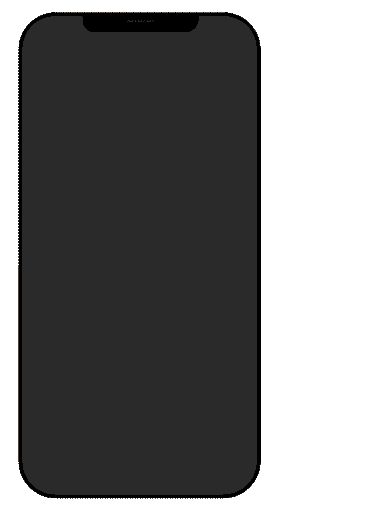
Creating captivating content is pivotal in drawing in potential students to your online course. This content not only showcases your expertise but also serves as the entry point of your sales funnel.
Generating Free Content
Offer value-packed free content that aligns with your course topics.
Whether it’s blog posts, infographics, or videos, ensure they solve a specific problem or answer a common question your target audience might have.
Free content can showcase the quality of your full course, leading to increased trust and interest in your offerings.
- Blog Posts: Write detailed, SEO-optimized posts to increase visibility.
- Videos: Share instructional clips that give a taste of your course quality.
- Infographics: Summarize key course points visually for easy sharing.
Using Free Trials to Convert
Implement free trials as a direct taste of your full course, which can be a powerful conversion tool.
Ensure your trial lessons are substantial enough to demonstrate the value and compel users to enroll for the entire course.
Provide a seamless transition from free trials to paid enrollment, with clear calls-to-action (CTAs).
- Limited Access: Give trial users access to select modules or lessons.
- Time-sensitive Trials: Offer full access for a short period, like 7 days.
- CTAs: Include persuasive CTAs at the end of trial content to guide users to the full course purchase.
2. Leveraging Email Marketing Campaigns

Email marketing is vital for promoting your online courses. By crafting targeted campaigns, you can nurture prospects through each stage of your sales funnel.
- First, identify your audience’s needs. Offer a free trial of your course. This gives potential students a taste of your content, increasing their likelihood to enroll.
- Next, segment your email list. Customize messages that resonate with different groups. Provide valuable insights and tips linking back to your course, to establish your expertise.
Use automated emails to save time.
Set up a welcome series for new sign-ups, leading them to the free trial.
For existing leads, send regular updates about course features or student success stories.
Calls to Action (CTAs) should be clear and persuasive. Invite your audience to take the next step, be it signing up for a webinar or purchasing your course.
To enhance engagement, employ a mix of formats:
- Text emails that educate and inform.
- Visually appealing newsletters that capture attention.
- Videos that reveal a sneak peek into your course modules.
Remember to track your results. Analyze open rates and click-through rates to refine future campaigns.
By doing this, you ensure your email marketing tactics continually align with your sales goals for your online courses.
3. Create and Host a Webinar
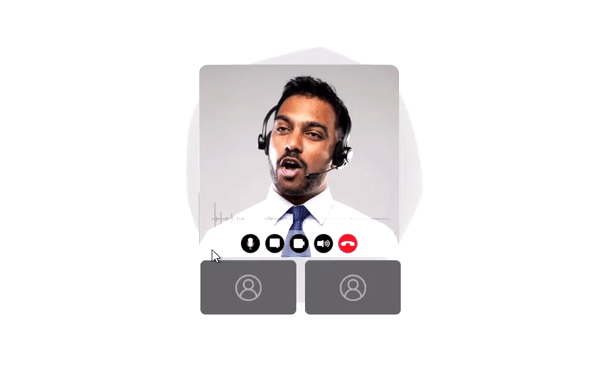
Creating a webinar funnel is a strategic approach with a high conversion rate of up to 5% that increases your online course sales.
First, define your webinar’s goal.
- Is it to educate?
- Are you going to demonstrate?
- Do you want to offer a special deal?
Once you determine your objective, you’re ready to build your funnel.
- Craft Your Webinar Content: Think of your webinar as a story. Begin with a compelling intro, follow with valuable content, and conclude with a call to action. Make sure it aligns with your course’s value proposition.
- Promote Your Webinar: Leverage social media, email campaigns, and partnerships. Peak their interest with titles that promise benefits and solutions.
- Engage Your Audience: During the webinar, interact with your attendees. Use polls and Q&As to keep them engaged.
- Follow-up Promptly: After the webinar, send a thank-you email. Include a special offer for your course to encourage immediate action.
Tips for an Effective Webinar Sales Funnel:
- Understand Your Audience: Know their challenges and tailor your webinar content to address them.
- Use Visuals: Charts, graphs, and slides can make your presentation more engaging.
- Rehearse: Practice the delivery of your webinar to ensure a smooth experience for attendees.
- Track and Tweak: Analyze the performance of your webinars to improve future sales funnel results.
By hosting targeted webinars, you nurture prospects and guide them through the sales funnel, ultimately encouraging them to purchase your online course.
3 Stages of an Online Course Sales Funnel: Top, Middle and Bottom
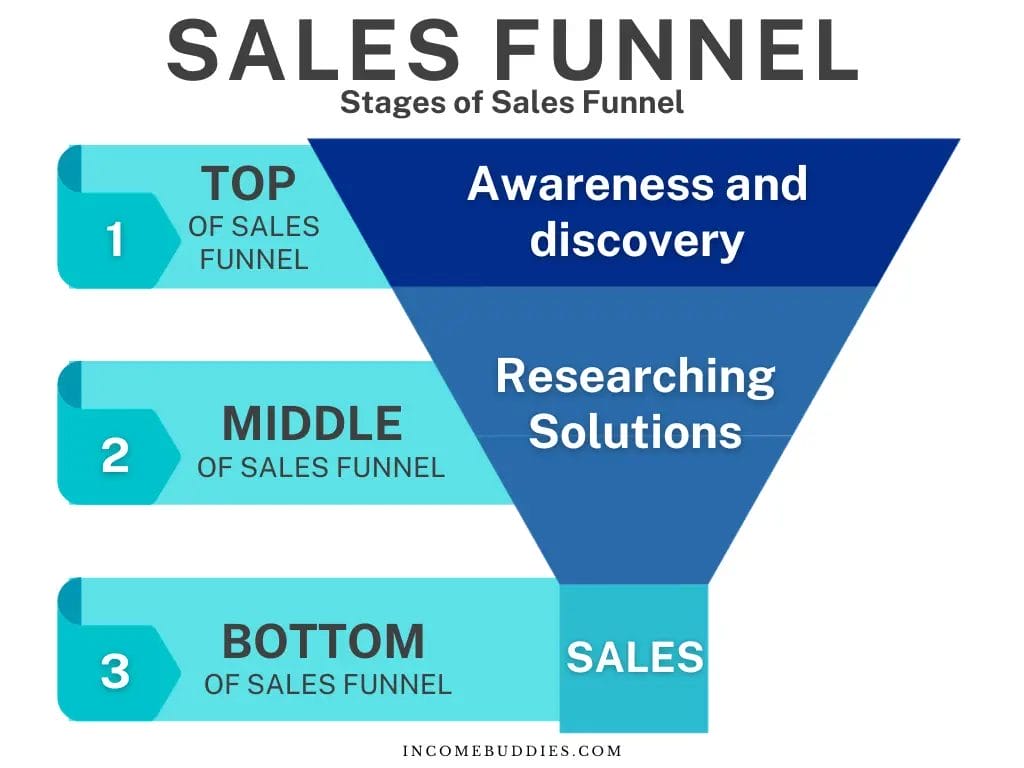
When building a sales funnel for your online course, understanding and optimizing each stage is critical.
You need to attract leads, nurture their interest, and ultimately guide them towards a purchase. Focus on providing value and addressing specific needs at each funnel level.
Stage 1: Optimizing the Top of the Funnel
At the top of the funnel (TOFU), your goal is to make potential learners aware of your course.
You have to reach a wide audience and create initial interest.
Use social media and content marketing to introduce your brand and highlight common challenges your course can address. Tailor your messaging to affirm your understanding of these challenges and position your course as a potential solution.
- Social Media Postings: Capture attention and drive traffic to your course landing page.
- Targeted Blog Posts: Provide industry insights and establish yourself as a thought leader.
- Engaging Videos: Address common questions and showcase your expertise.
Stage 2: Creating a Strong Middle of the Funnel
In the middle of the funnel (MOFU), prospects evaluate various courses and solutions.
It’s your job to stand out by offering more detailed content that showcases the value of your course.
Send out newsletters that contain tips and information. Develop comprehensive guides or free resources that help your audience make more informed decisions.
- Informative Newsletters: Nurture your leads by sharing success stories and helpful advice.
- Helpful Guides and Ebooks: Offer in-depth knowledge that positions your course as the best solution for their needs.
This phase filters out less interested leads, refining your audience to those more likely to enroll.
Stage 3: Converting at the Bottom of the Funnel
The bottom of the funnel (BOFU) is where the decision-making happens; prospects are ready to choose their learning path.
At this stage, provide detailed content like course outlines, pricing, testimonials, and FAQs that clear any last-minute doubts.
Personalized communication, like webinars or live Q&A sessions, can be instrumental in converting leads into students.
- Detailed Sales Pages: List out course benefits, student testimonials, and answer frequent questions.
- Live Demos or Webinars: Showcase your course content and teaching style to convince your prospects.
Here, your potential learners are a step away from purchasing, so your content must be designed to reassure and confirm the value of your offerings.
How to Create an AIDA Model Sales Funnel For Your Online Course?
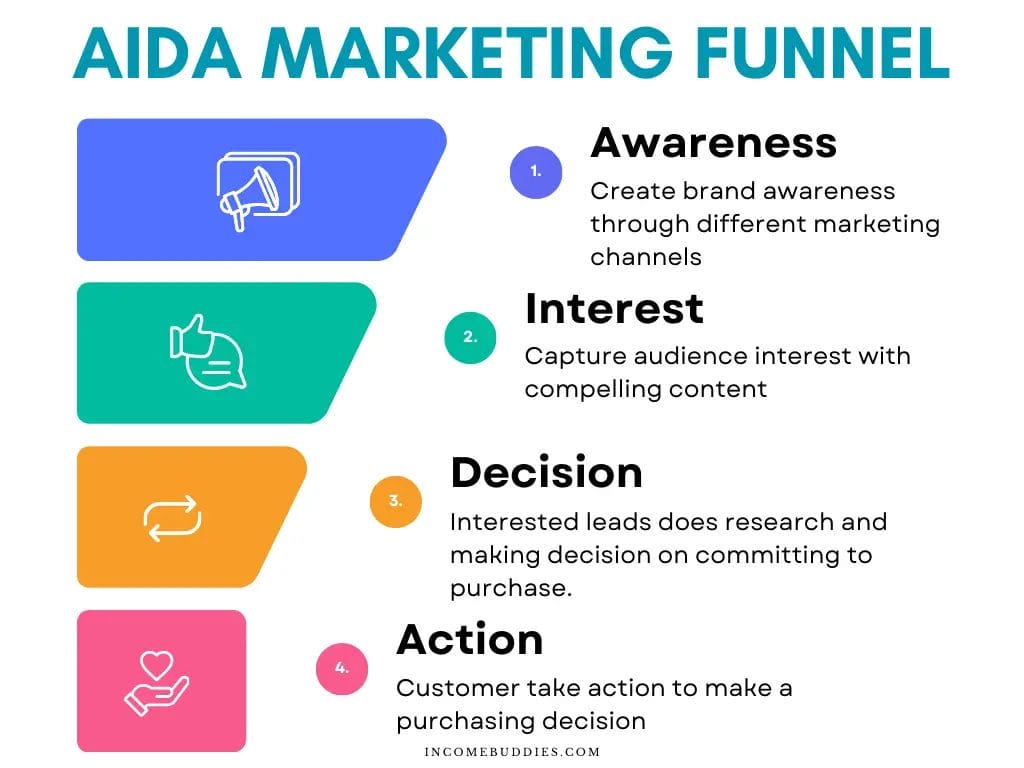
I’ve once read a book when I was still studying in University that talks about AIDA marketing model for sales conversion.
And since then, this sales framework have been a part of my life, and I’ve been using it to increase my conversion rate.
And if you are still wondering what is “A.I.D.A.”
AIDA is an acronym for the following four key concept of sales marketing:
- Awareness: Your target audience discovers your course.
- Interest: Potential students show interest by signing up for a webinar or free content.
- Decision: Leads consider making a purchase and may need additional information or encouragement.
- Action: The lead becomes a customer by purchasing your course.
The AIDA model sales funnel works hand in hand with the 3 stages of a sales funnel we’ve mentioned earlier.
Each step of the sales funnel aims to engage the learner and build trust.
Moving your prospect from unaware to taking action in purchasing your online course.
How to Use AIDA to Create Sales Funnel (Template)
AIDA is a popular marketing model where most marketers used to create their sales funnel template.
I use AIDA for all of my online business, it proves to be very effective.
You can tailor the journey of your potential students by using the AIDA marketing strategy, bringing them from the top of the funnel down to the bottom of the funnel.
When you apply AIDA marketing funnel, your sales funnel for your online course will look something like the following:
| AIDA Model Stage | Objective | Marketing Tool |
|---|---|---|
| Awareness | Grow visibility and reach: ✔ Create compelling blog posts ✔ Utilize social media platforms ✔ Develop engaging video content | Content marketing, SEO, Ads: ✔ Leverage targeted keyword optimization for SEO ✔ Run paid advertising campaigns to target specific niches |
| Interest | Collect leads, educate on topics: ✔ Offer free webinars and workshops ✔ Implement email marketing campaigns ✔ Develop interactive quizzes | Lead magnets, newsletters: ✔ Create downloadable resources (eBooks, guides) ✔ Provide valuable content through regular newsletters |
| Decision | Address objections, offer value: ✔ Address common concerns through FAQs ✔ Showcase success stories/testimonials ✔ Provide in-depth course previews | Email sequences, live Q&As: ✔ Conduct live Q&A sessions to interact with potential students ✔ Offer exclusive discounts or bonuses to encourage decision |
| Action | Convert leads to sales: ✔ Implement scarcity tactics ✔ Create urgency with countdowns ✔ Clearly communicate the value proposition | Limited-time offers, course previews: ✔ Provide exclusive previews or early access for subscribers ✔ Offer money-back guarantees to instill confidence ✔ Showcase user testimonials and case studies |
Your sales funnel is a marketing and sales process; it is dynamic and should be refined over time to better suit your audience and the specifics of your course offerings.
When creating your own sales funnel.
You need to take the time to understand your prospective students’ needs and behaviors to create a more effective online course sales funnel.
Using AIDA to Create Sales Funnel Example
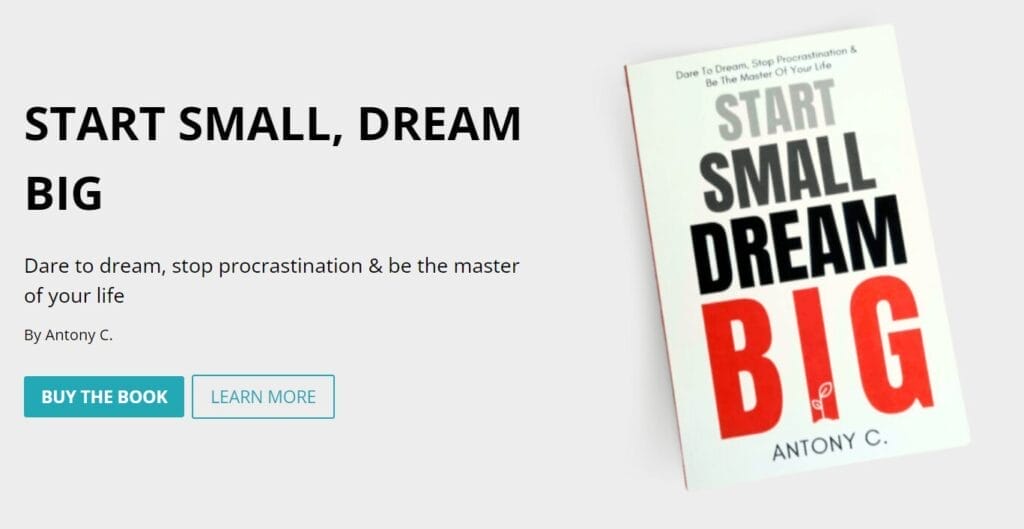
And here’s what I’ve did for my sales funnel.
- I’ve created many articles to create awareness of the brand.
- Next, I crafted newsletters to spark interest on the topic.
- Then, I created a comprehensive FAQ section to answer any doubts to help them make a decision better.
- At the same time, I’ve created free preview of my digital product so they can start taking action to download.
- Lastly, I continuously optimized my product sales page for my digital products to help convert prospects into sales.
Each of the steps I’ve made changes over the years and optimize to provide the most amount of value for my audience.
Its a simple sales funnel, but nonetheless it is highly effective and converts pretty well.
What Makes an Effective Online Course Sales Funnel?

Creating a successful online course sales funnel hinges on engaging the right audience, offering compelling value, and building a relationship based on trust.
Consider these as the core pillars that construct a sturdy bridge, guiding potential students from interest to purchase.
1. Targeting Your Ideal Online Learners
Identify and understand your Ideal Student. Narrow down specifics; a broad category won’t suffice.
If you’re offering a course on professional development, “aspiring leaders in the tech industry” is a more targeted group than just “people who want to advance their careers.”
Knowing your audience enables you to tailor your funnel’s messaging and offers to resonate deeply with their unique needs and desires.
2. Offering Amazing Value That Will Help Your Audience
Provide value upfront that aligns with your Ideal Student’s pain points.
Determine what knowledge or tools they crave and deliver it effectively.
If your course teaches photography, a free eBook on “Top 10 Mistakes Amateur Photographers Make” could be an enticing way to showcase your expertise and help your audience.
This initial value primes them for further investment in your course.
3. Trust Earned Through Nurturing Your Audience
Trust is essential and is nurtured over time.
Start by solving a small problem for free or a nominal cost. Show that you understand their challenges and have the expertise to help.
Once they experience the benefits of your initial offering, they’re more likely to invest in your full course.
Regular, value-rich communication via emails or webinars can foster this trust, turning leads into learners.
How to Get People Into Your Online Course Sales Funnel
Attracting people to your online course begins with understanding your audience and where they hang out online. Utilize these strategies and expand your marketing channels.
Paid Ads
Invest in paid advertising to target potential learners; platforms like Google Ads and Facebook allow precise targeting based on interests and behaviors.
Social Media Posts
Craft engaging social media posts to spark curiosity and provide a glimpse into the value of your course.
Use hashtags to increase visibility.
Sharing with Friends
Encourage existing contacts to share your course with their networks.
Word-of-mouth can significantly amplify your reach.
- SEO: Optimize your website and course pages for search engines. Include relevant keywords to improve your site’s ranking and visibility.
- Email List: Announce your course to your email list. Provide exclusive content or discounts to engage your subscribers.
Creating Strategic Partnerships
Create partnership by collaborating with industry influencers or related businesses.
They can introduce your course to a broader audience.
- Podcast Appearances: Appear on podcasts that your target audience listens to. Share insights and discuss your course’s benefits during the show.
- Guest Posting: Write guest posts for popular blogs or platforms within your niche. Include a call-to-action leading readers to your course funnel.
Leverage these tactics to build a steady flow of prospective students into your sales funnel.
Tailor your approach to suit your unique course and audience for the best results.
Optimizing and Scaling Your Funnel

Creating a successful sales funnel isn’t just about setting it up and stepping away. It requires continuous testing and thoughtful scaling to ensure enduring effectiveness.
Testing and Adjustments
Test various elements of your funnel, from email subject lines to landing page design. Use A/B testing consistently to identify what resonates with your audience. After testing, make data-driven adjustments. Small tweaks to your funnel can lead to significant improvements in conversion rates, directly impacting the success of your sales funnel.
- Analyze user behavior: Utilize tools like heat maps to understand how users interact with your pages.
- Gather feedback: Use surveys or feedback forms for direct insights from your customers.
- Monitor performance metrics: Keep an eye on your funnel’s analytics to spot areas for improvement.
Remember, adjustments should aim to enhance the user experience and streamline the path to purchase.
Scaling Up Your Sales Funnel
Once you’ve created an effective sales funnel and fine-tuned it, it’s time to scale. Focus on replicating the successes of smaller campaigns on a larger scale, without diluting the personalized experience.
- Expand your reach: Target new audiences with proven messaging and tactics.
- Increase ad spend intelligently: Allocate more budget to high-performing ads.
- Leverage automation: Automate your online course sales process wherever possible to manage increased traffic without sacrificing quality.
By carefully scaling your funnel, you can grow your customer base without compromising the personalized approach that made your online course a success to begin with.
Time To Build Your Online Course Sales Funnel
An effective sales funnel for your online course is not just a one-time setup but an evolving structure that adapts to your audience and the changing digital landscape.
It combines captivating content, email marketing strategies, and often webinars to educate and engage prospects.
Keeping your audience interested and moving them through the sales process requires constant optimization and scaling to align with your course’s objectives and growth goals.
Read Also:
- 7 Best Teachable Alternative for Course Creators (Free and Paid)
- LearnWorlds Features: In-Depth eLearning LMS Overview
- ThinkiFic Features: Course Creator’s In-Depth Overview
- +59 Best Proven Membership Site Ideas to Get Started This Year (Read First)
- Passion.io Review 2024: Still The Best App For Coaches & Creators? (Limited Time Lifetime Deal)
Join 900+ BUDDIES who are growing their wealth with our weekly Income Newsletter
Antony C. is a dividend investor with over 15+ years of investing experience. He’s also the book author of “Start Small, Dream Big“, certified PMP® holder and founder of IncomeBuddies.com (IB). At IB, he share his personal journey and expertise on growing passive income through dividend investing and building online business. Antony has been featured in global news outlet including Yahoo Finance, Nasdaq and Non Fiction Author Association (NFAA).

